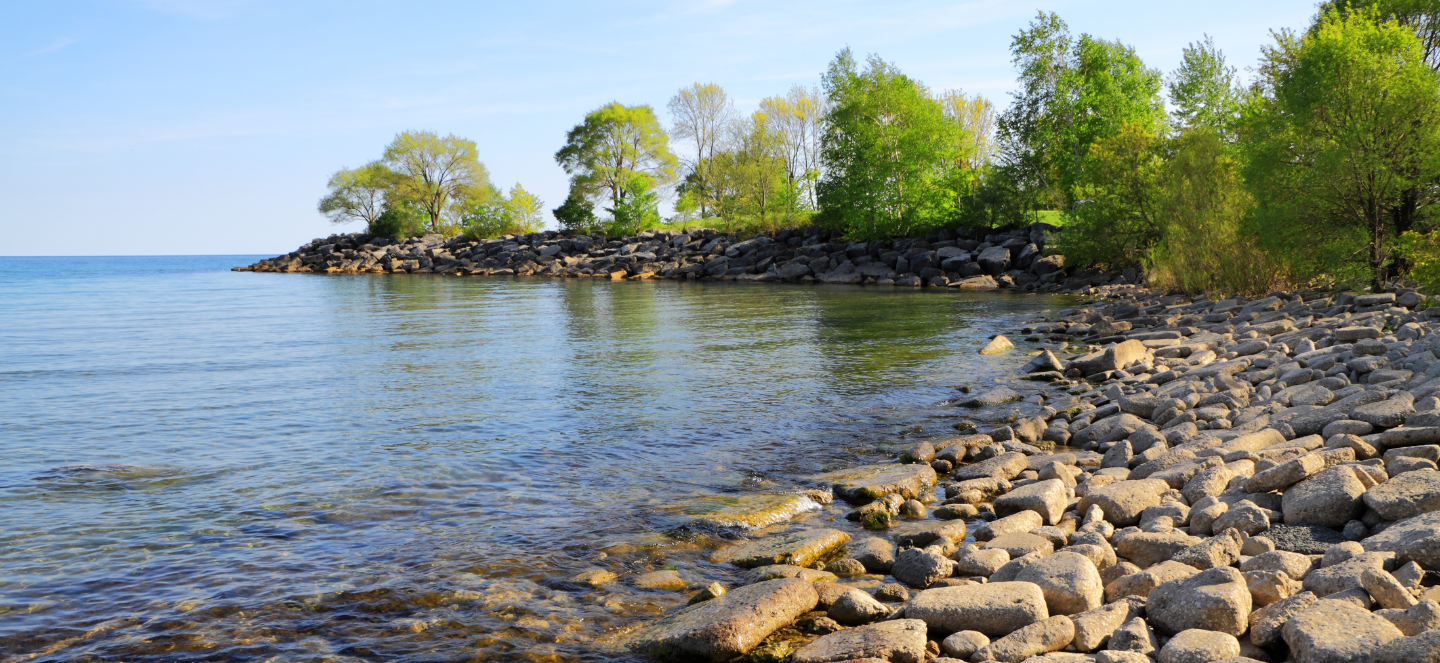Included in the November 13, 2025, biweekly update
This week’s articles by MSU faculty, specialists, and students making a difference feature hidden viruses in lake trout, health disparities in wastewater, and chemical risks in drinking water mapped by AI.
Lake Trout (Salvelinus namaycush) Naturally Infected with Salmovirus salmonidallo3 (SalHV-3; Family Alloherpesviridae) Continue to Harbor the Virus for Nearly a Decade
Shavalier et al. (2025) examined lake trout that survived a 2012 outbreak of Epizootic Epitheliotropic Disease (EED), caused by the fish herpesvirus SalHV-3. The researchers kept these survivors in quarantine for nearly ten years to see whether the virus stayed in their systems and whether normal hatchery handling might reactivate it.
They found that some trout still carried the virus after 8.5 years, mainly in their fins, skin mucus, and nerve tissues. When the fish were repeatedly handled, similar to what happens in hatcheries, the number of positive samples and viral levels increased. Water tests also showed occasional virus shedding, suggesting that these long-term survivors could spread the disease again.
This study highlights how EED survivors can serve as hidden reservoirs of SalHV-3, underscoring the need for routine testing, quarantine, and stress-reduction practices in hatcheries that raise or breed lake trout.
Shavalier, M. A., Faisal, M., & Loch, T. P. (2025). “Lake Trout (Salvelinus namaycush) Naturally Infected with Salmovirus salmonidallo3 (SalHV-3; Family Alloherpesviridae) Continue to Harbor the Virus for Nearly a Decade.” Viruses, 17(11), 1466. https://doi.org/10.3390/v17111466
Corresponding author: Thomas P. Loch, lochthom@msu.edu.
Observed Differences in Wastewater Measurements of Treponema pallidum, Norovirus, and SARS-CoV-2 in Detroit Metropolitan Areas with Different Socioeconomic Vulnerabilities
Zhao et al. (2025) examined how social vulnerability affects disease signals in wastewater. Over 48 weeks, they sampled wastewater from two major Detroit-area sewer sheds: one covering neighborhoods with higher Social Vulnerability Index (SVI) scores and another with lower scores. The samples were analyzed for Treponema pallidum (the bacterium that causes syphilis), SARS-CoV-2, and norovirus.
The researchers found that the higher-vulnerability sewer shed had significantly higher levels of T. pallidum and SARS-CoV-2, while norovirus levels were similar between both systems. These findings mirrored known patterns in clinical disease data, showing how infections linked to socioeconomic and structural disparities appear more strongly in wastewater from disadvantaged areas.
This study shows how wastewater surveillance can capture health inequities as well as disease trends. Including vulnerable communities in sampling networks helps to ensure that public health data reflect the full picture of infection risks across a region.
Zhao, L., Peidro Guzman, H., Weaver Richardson, C., Faust, R. A., Kaye, A., Xagoraraki, I. (2025). “Observed Differences in Wastewater Measurements of Treponema pallidum, Norovirus, and SARS-CoV-2 in Detroit Metropolitan Areas with Different Socioeconomic Vulnerabilities.” ACS ES&T Water. https://doi.org/10.1021/acsestwater.5c00714
Corresponding author: Irene Xagoraraki, xagorara@msu.edu.
Graph neural networks for per- and poly-fluoroalkyl substances concentration prediction in water supply wells
Rafiei and Nejadhashemi (2026) created a graph neural network (GNN) model to estimate PFAS concentrations in Michigan’s Huron River watershed. Using data from more than 1,600 samples collected at over 300 public wells, they combined information on suspected PFAS sites, groundwater flow, elevation, and soil conditions to predict PFAS levels in other wells that had not been tested.
The best-performing model accurately recreated known contamination hotspots and identified new areas that may be at risk. It also measured how confident each prediction was, showing where more sampling would improve results.
This study demonstrates how advanced modeling can make PFAS monitoring more efficient. By using data that already exists, water managers can better target sampling and prioritize protection for vulnerable water supplies.
Rafiei, V., & Nejadhashemi, A. P. (2026). “Graph neural networks for per- and poly-fluoroalkyl substances concentration prediction in water supply wells.” Engineering Applications of Artificial Intelligence, 132, 112746. https://doi.org/10.1016/j.engappai.2025.112746
Corresponding author: A. Pouyan Nejadhashemi, pouyan@msu.edu.

